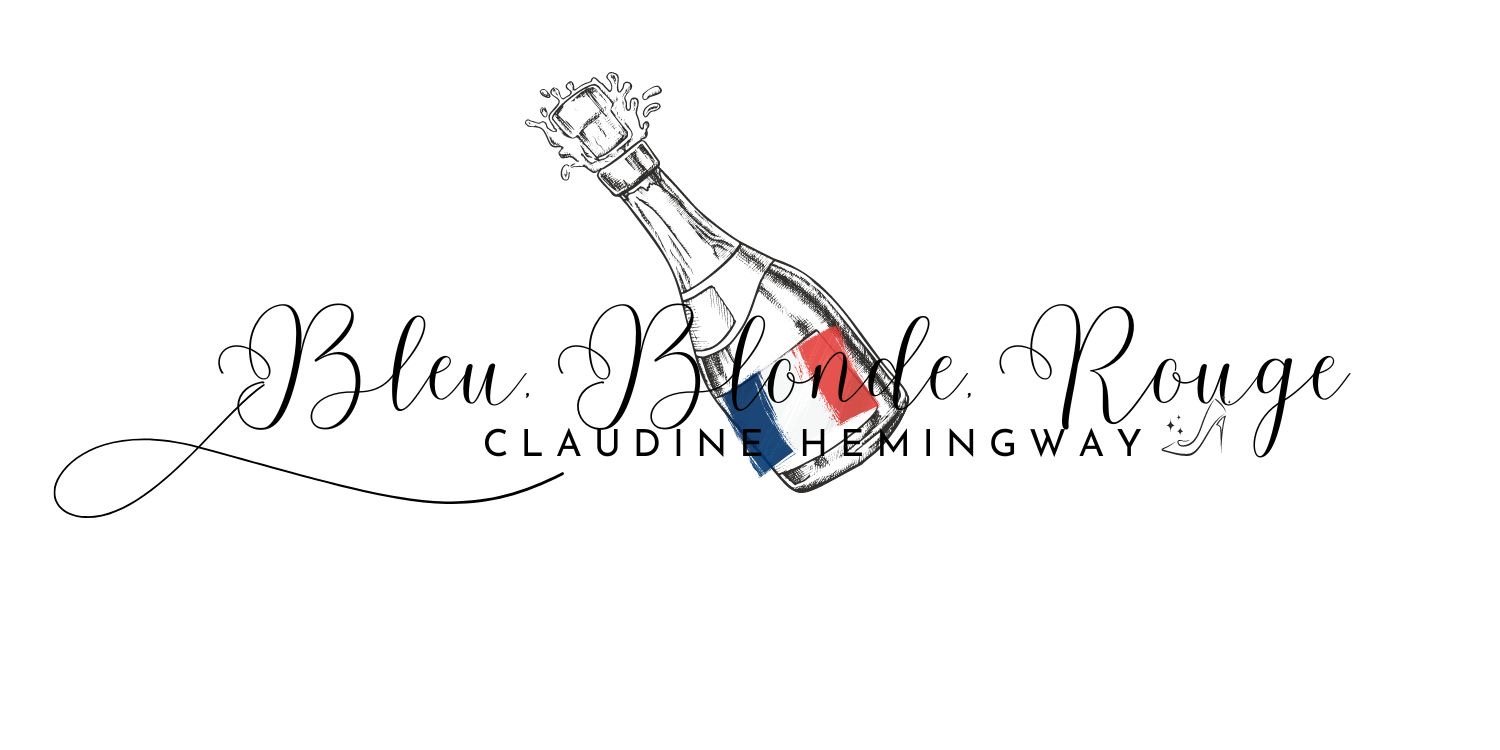Gabrielle d’Estrées is often remembered more for the risqué painting depicting her than for the remarkable life she led. Born around 1573, she was the daughter of Antoine d’Estrées, Baron de Boulonnois, and Françoise de la Bourdaisière. She was one of eleven children—seven of them girls—earning the sisters the infamous moniker “the seven deadly sins,” as coined by the Marquis de Sévigné.
Gabrielle moved in the court of Henri III, where she caught the attention of Roger de Bellegarde, a close companion of both Henri III and Henri IV. It was during one of Roger’s meetings with Henri IV that Gabrielle was first noticed at court, instantly captivating the king. For six months, Henri pursued her tirelessly while she resisted—until at last, she relented.
Henri IV did not attempt to hide his love for Gabrielle, even as he worked to annul his marriage to Marguerite de Valois. To keep Gabrielle close at court, he arranged her marriage to Nicolas d’Amerval on June 8, 1592. In return for playing his part, Nicolas was granted the title of Baron de Benais.
Eager to be free to marry Gabrielle, Henri petitioned Pope Clement VIII to dissolve his marriage to Marguerite. However, the Pope had his own ambitions, hoping to see Henri wed his niece, Marie de’ Medici. As a result, he delayed granting the annulment, frustrating the king’s plans.
Ever at Henri’s side, Gabrielle played a crucial role in helping to end France’s ongoing religious conflicts and was instrumental in convincing Henri to convert to Catholicism in 1593. Yet, despite her influence, she was not beloved by the people, who scornfully dubbed her the “Duchess of Garbage” and criticized her lavish spending. Nevertheless, she remained a central figure in Henri’s life, sitting beside him as he triumphantly entered Paris later that year.
Determined to marry her, Henri publicly presented Gabrielle with his coronation ring before the court—a clear sign of his intentions.
Whatever it is, the way you tell your story online can make all the difference.
The union of Gabrielle and Henri resulted in three children: César in 1594, Catherine in 1596, and Alexandre in 1598. All three were legitimized by both the monarchy and the church as Henri’s rightful children. In 1599, Gabrielle became pregnant again. Unlike her previous pregnancies, which had been easy, this fourth one proved difficult. She was sick every day, struggling through five grueling months.
On April 6, 1599, she left Henri behind at Fontainebleau, just days before their wedding, which was planned for April 11—Easter Sunday. Overcome with emotion, she sobbed uncontrollably and had to be physically pulled away from him. It was the last time she would see her love.
The following day, April 7, Gabrielle dined with Sébastien Zamet, an Italian financier who had arrived in France with Catherine de’ Medici and was also closely connected to Marie de’ Medici. During dinner, feeling unwell, she accepted a frosted lemon from Zamet. The next day, she began experiencing severe contractions and abdominal pain, though she was only five months pregnant. The baby had already died, and as her condition rapidly deteriorated, doctors struggled to determine what to do.
Within a day, her face and neck suddenly turned black, leaving the physicians baffled. When word finally reached Henri at Fontainebleau, he rushed to Paris as fast as he could—but it was too late. On April 10, at just 26 years old, Gabrielle d’Estrées passed away—the day before their intended wedding.
One of the most striking and enigmatic paintings associated with Gabrielle is the presumed portrait of her and her sister, the Duchess of Villars. The identity of the artist and even the subjects remain uncertain, but it is widely attributed to the Fontainebleau School around 1594. In the painting, the Duchess delicately pinches Gabrielle’s nipple—a symbolic gesture representing pregnancy. At the time, Gabrielle would have been five months pregnant with the future Duke of Vendôme, Henri IV’s illegitimate son. In her left hand, she holds a ring—Henri’s coronation ring—a token of his love and loyalty. In the background, a woman is seen sewing. Could she be making baby clothes?
Whatever it is, the way you tell your story online can make all the difference.
Visitors can find this painting in the Richelieu wing on the 2nd floor of the Louvre, in the Salle Seconde École de Fontainebleau (Room 824)—just follow the snickering adults.
Devastated by her death, Henri planned a lavish funeral at Église Saint-Germain-l’Auxerrois, fit for a queen. Defying tradition, he dressed in black for months—shocking many, as white was the customary mourning color for royalty. He even commissioned a lifelike effigy of Gabrielle and placed it in the room next to his own, where he would sit with her and take his meals.
Gabrielle was laid to rest at the Abbey of Maubuisson, where her sister was a nun, while their children remained close to their father. Less than a year later, Henri IV married Marie de’ Medici.





